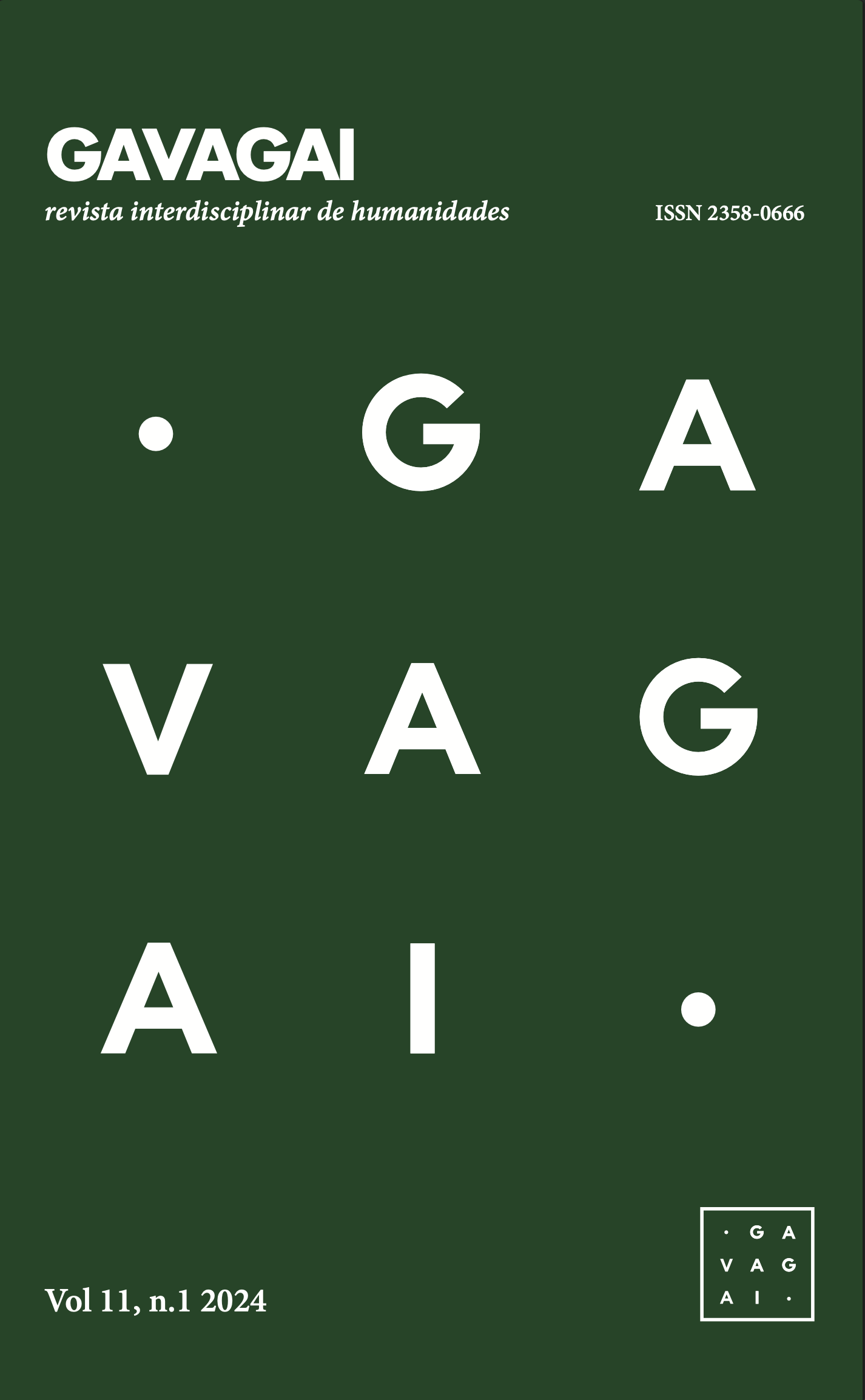MEMORIA Y PAISAJES OLFATIVOS EN EL PERFUME – LA HISTORIA DE UN ASESINO, DE PATRICK SÜSKIND
DOI:
https://doi.org/10.36661/2358-0666.2024v11n1.14239Palabras clave:
Representações literárias, Geografia Humanista-Cultural, Espaço, Percepção ambiental, Imagem mentalResumen
A arte é um importante instrumento de análise da realidade. As produções literárias vêm sendo utilizadas como método de investigação e interpretação da sociedade enquanto representações de dinâmicas sociais presentes nos territórios. As representações perpassam diferentes discussões que abarcam a capacidade de percepção, interpretação e imaginação do mundo, por parte dos criadores das obras, além de suas habilidades de comunicação e criação de vínculos com o público. Assim, se torna pertinente discutir o papel dos sentidos na vivência do mundo e a capacidade de interpretação e comunicação das experiências sensoriais. Historicamente, o olfato é desprezado pela sociedade ocidental, aspecto que se reflete nas produções literárias por variadas limitações, como a capacidade de percepção deste sentido e a própria barreira linguística, que não possui termos adequados à descrição olfativa. Portanto, este texto tem o objetivo de discutir a presença dos odores na literatura e a construção de paisagens olfativas e imagens mentais a partir deste sentido, mediante a análise das representações espaciais presentes no livro O Perfume: A História de um Assassino, de autoria de Patrick Süskind. Para isso, analisamos excertos do romance em que o autor utiliza de descrições olfativas para compor cenários e imagens mentais, com orientação teórica alicerçada no conceito de paisagem e no potencial do olfato enquanto elemento de ativação da memória. Concluímos que o sentido do olfato é um potente ativador de noções de imaginação e memória e que as descrições olfativas possuem o potencial de construir paisagens e imagens mentais de forte teor afetivo.

